November in Ohio has a way of sharpening edges: lake air turns brisk, brick streets glow, and small towns reveal their quieter voices. I set out expecting a sleepy off-season, but found places that felt newly alive in the cold. Each stop offered a small surprise—an open café, a warm-lit bookstore, a river walk that made sunset linger longer. If you’re road-tripping for heart, history, and hot coffee, these eight towns will make you linger too.
Yellow Springs
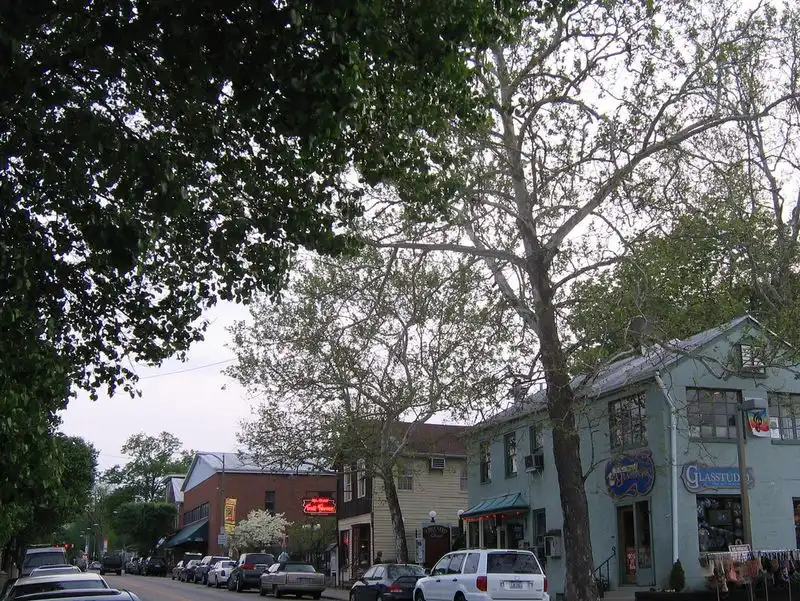
Yellow Springs smells like wood smoke and coffee before you even park. A compact, artsy downtown folds right into trailheads, so I walked from a café straight to Glen Helen Nature Preserve without losing the heat in my cup. Independent shops hum softly, their windows bright as the air turns silver-cold. After a late-afternoon hike, I circled back to a warm mug and felt the chill soften into good company. It’s that rare pairing: a tight-knit creative main street pressed against a quiet forest, each making the other feel more alive. I left warmed, not just thawed.
Athens

Athens balances bustle and hush like few college towns. Ohio University’s brick lanes were lively, yet a turn toward the Hocking River slipped me into calm: pale light, steady water, and leaf-littered paths. I warmed up in a secondhand bookstore, then grabbed a reliable off-season latte from a market stall that greeted locals by name. The contrast was irresistible—spirited campus energy giving way to intimate, slow corners. In November, that rhythm felt just right: big enough to buzz, small enough to settle. I lingered, pocketed a used paperback, and let the river walk me back to town.
Geneva-on-the-Lake
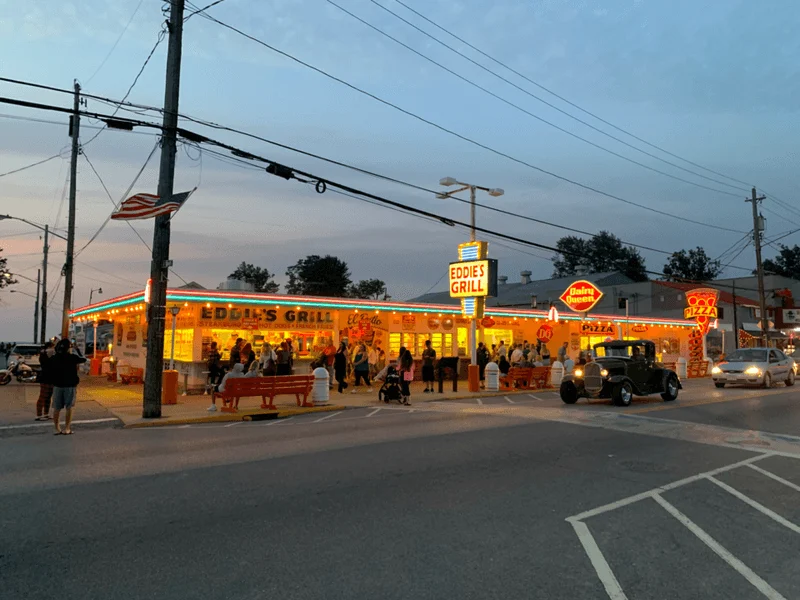
In summer, Geneva-on-the-Lake is carnival loud; in November, it exhales. The long strip along Lake Erie changes character: neon signs wink over shuttered storefronts, and a few stalwart diners glow with fogged windows and murmured conversations. I walked the shoreline where the light felt bright and cold, the lake a flat sheet of steel. Without the crowds, the place felt like a stage between acts—intimate and tender. Locals still gathered, swapping news over soup and pie, and the quiet made room for details I’d missed before. Off-season here isn’t empty; it’s softly, surprisingly alive.
Chagrin Falls
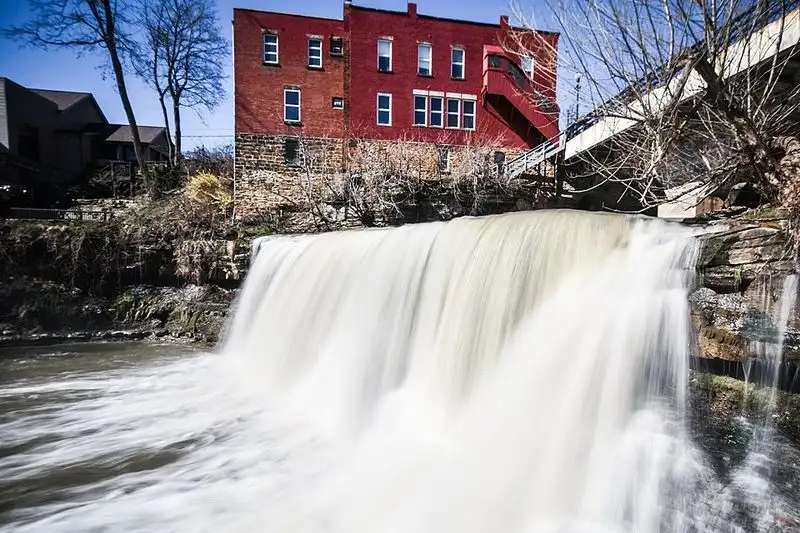
Chagrin Falls wears its wonder in plain sight: a waterfall thundering right beside Main Street. On a chilly afternoon, brick storefronts glowed while the falls stitched motion and music into quiet sidewalks. I ducked into an old-school diner where the lights were amber and the coffee bottomless, then returned to the overlook to watch mist drift like breath. The water makes the town feel awake, even in November, and keeps your feet moving. That balance—historic calm outside, tumbling energy at the center—turned an ordinary stroll into a scene I didn’t want to leave.
Hudson

Hudson feels built for wandering. Historic storefronts, neat trim, and bench-lined sidewalks make window-shopping effortless, especially with November’s clear light sharpening every detail. I traced a short loop past the town green and the old town hall, then drifted into a bookstore that smelled like paper and cedar. Even the crosswalks seem to invite unhurried steps. There’s polish, yes, but also warmth—the kind that nudges you into one more block, one more glance. In the chill, the streets felt extra crisp, like the town had been freshly pressed and set out for a long, pleasant stroll.
Granville

Granville reads like a northeastern postcard tucked into Ohio. Brick-lined streets, a white steeple, and tidy stonework shine under November’s low sun, while Denison’s presence gives the village a thoughtful steadiness. I wandered past tavern signs creaking softly, then stepped into a cozy inn lobby to thaw my hands. The architecture and street plan feel deliberate and human-scaled, inviting slow passes and second looks. In the cold, the details sharpen: slate roofs, crisp cornices, the smell of hearth somewhere nearby. It’s New-England-ish in spirit, Midwestern in welcome—and beautifully itself when the leaves are nearly gone.
Oberlin

Oberlin hums in a key you can almost hear. The college’s musical legacy seeps into storefronts: concert posters paper the windows, a record shop spins something warm, and cafés host earnest readings and casual sets. Even in the cold, the square feels tuned, with students and locals mingling under shared light. I spotted a flyer for a chamber concert and a café mic night, proof that art here is daily bread. The sidewalks may be brisk, but every doorway offers a note of welcome—caffeine, conversation, and melody stitched into an intimate winter rhythm.
Nelsonville
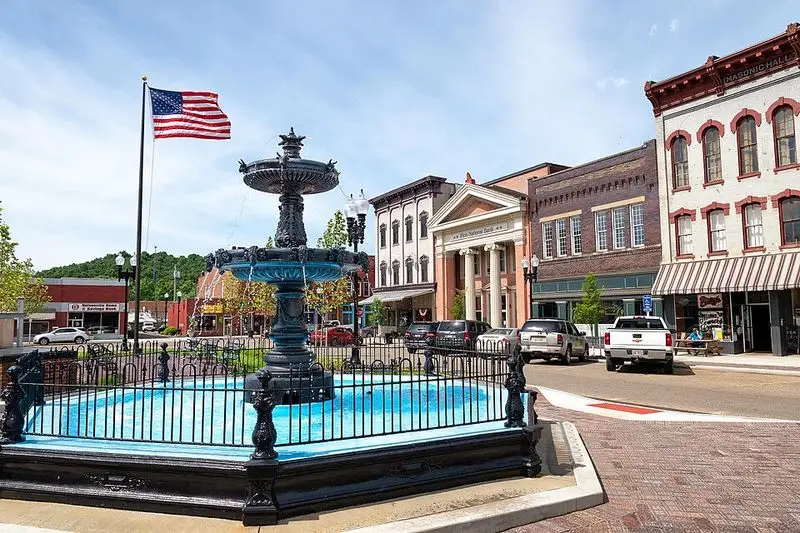
Nelsonville surprised me with rock-and-rustic charm and a revived arts heartbeat. Reclaimed brick buildings frame a tidy square where a restored theater marquee throws warm light into the chill. I ducked into a friendly bakery for a loaf and local gossip, then wandered past studios and community projects that reimagined old industrial bones. There’s grit here, but it’s hopeful, shaped by people who keep showing up with tools and ideas. November suits that spirit—clear-eyed, honest, and bright around the edges. It felt like a place mid-transformation, and I wanted to see what comes next.
Marietta
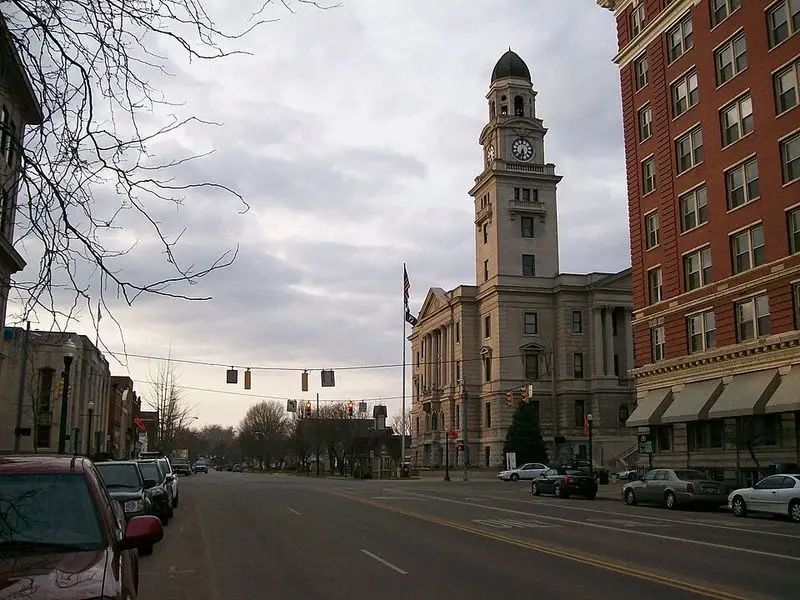
Marietta wears its river-town identity like a well-loved coat, stitched with brick, steamboat lore, and tidy Federal streets. I walked the Muskingum and Ohio confluence at sunset, the water turning pewter while towboats hummed downstream. Historic homes, especially around Harmar and along Fourth Street, seemed to lean toward the river, as if listening for currents of news. The town’s layout mirrors the shorelines—practical, purposeful, and beautifully preserved. I peeked into the Campus Martius Museum, which anchors the narrative of settlement and defense. Come for a dusky riverside stroll; stay to let the past braid into the present.

